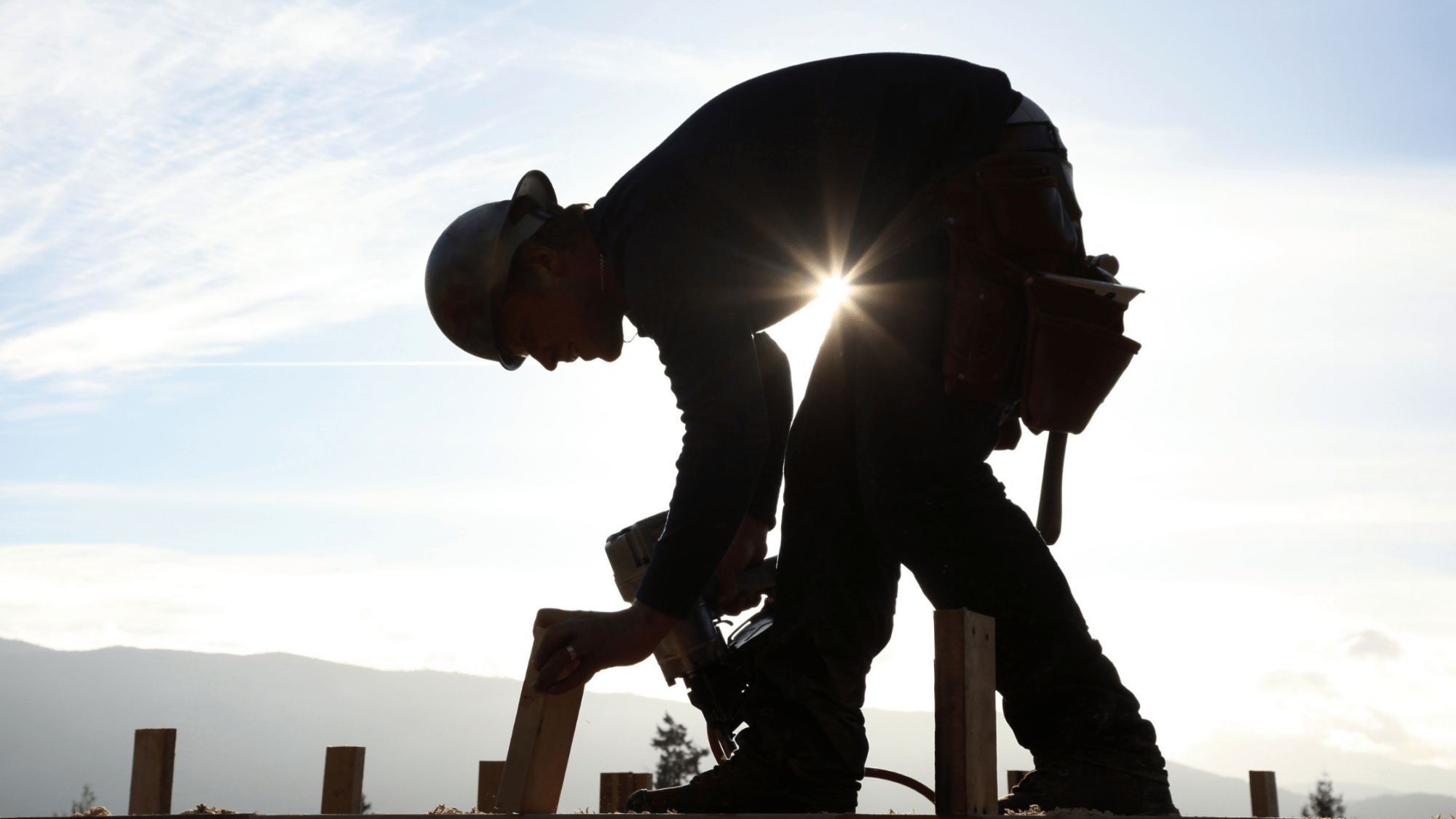
We’ve recently received a lot of snow in Western Canada, and winter has officially arrived. While some might find winter beautiful, it presents various challenges for people who work outside or in uninsulated areas. For those who work alone, cold weather also offers new risks that need to be assessed and managed.
Working in freezing temperatures is a common safety challenge many Canadian employers face. However, there are ways we can help keep lone workers safer in the winter. Here are some tips:
Winter safety training
Employees working remotely and in frigid temperatures should receive winter safety training and education. Training should include assessing and managing risk and what to do in an emergency. In addition, they should understand how to prevent trips and falls, frostbite, hypothermia, and hazards caused by equipment. Winter safety education should also include how to dress safely for the weather and who to contact in an emergency.
The Canadian Centre for Occupational Health and Safety (CCOHS) provides comprehensive information about cold weather safety.
Work alone safety monitoring
If any employee works alone for any amount of time during their shift, you must have a lone worker safety policy in place that includes work alone safety monitoring. Regular check-ins and monitoring are imperative to workplace safety for lone workers, especially in the winter. Furthermore, legislation requires lone worker monitoring in most Canadian provinces and territories.
Having a live monitor will also reduce stress for the worker. Psychologically, they’ll feel better knowing someone is looking out for them should anything go wrong.
Working communication devices
All lone workers need a secure line of communication, especially in the winter. They must be able to check in with their work alone monitor, employer, or call for help in an emergency.
When there is cellular coverage, a smartphone for texting, calling, or operating a lone worker safety app is key. Otherwise, you can provide a satellite device for calls and GPS tracking in remote areas with poor or no service.
Ensure workers have appropriate clothing
Proper clothing, including outerwear and footwear, is essential to winter safety and should be outlined in your training. Workers should have warm wool or synthetic insulating layers and waterproof outerwear and footwear to protect them from the elements. In addition, the footwear should help prevent slipping and injury, which can be fatal when working alone in the winter.
A safe place to warm up
If your workers are in cold weather, they must have a space to take a break and warm up. A warm-up space can include a temporary building or even a running vehicle. Your workers should never feel pressure to skip a warm-up break and they should be scheduled regularly for their safety.
The CCOHS suggests hot, non-alcoholic drinks and soup. As well, workers should avoid caffeinated drinks, like coffee, because it acts as a diuretic and can contribute to dehydration.
Learn more about CommAlert’s lone worker monitoring service.




